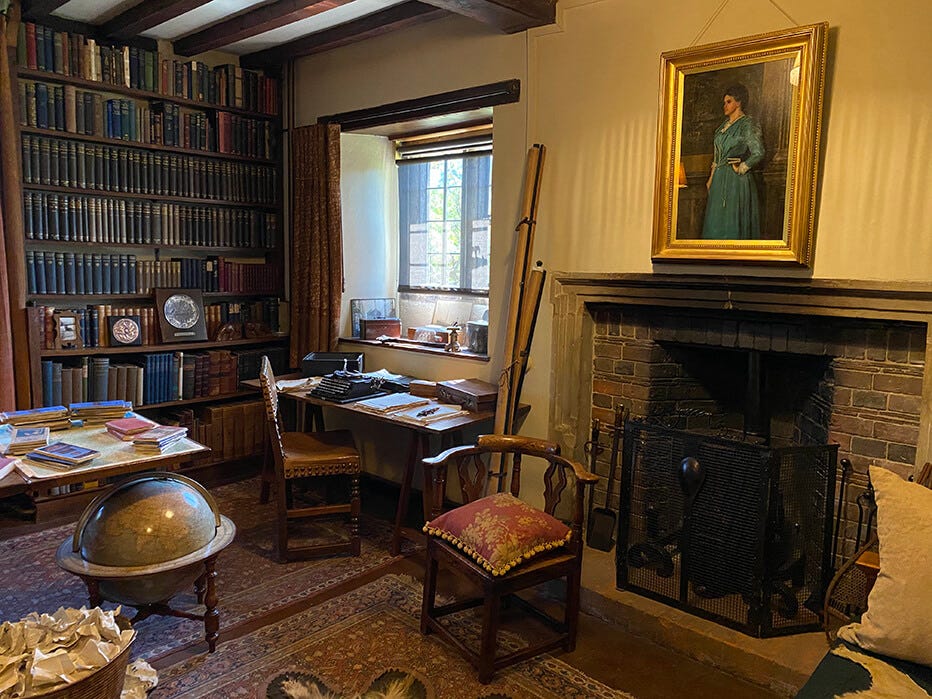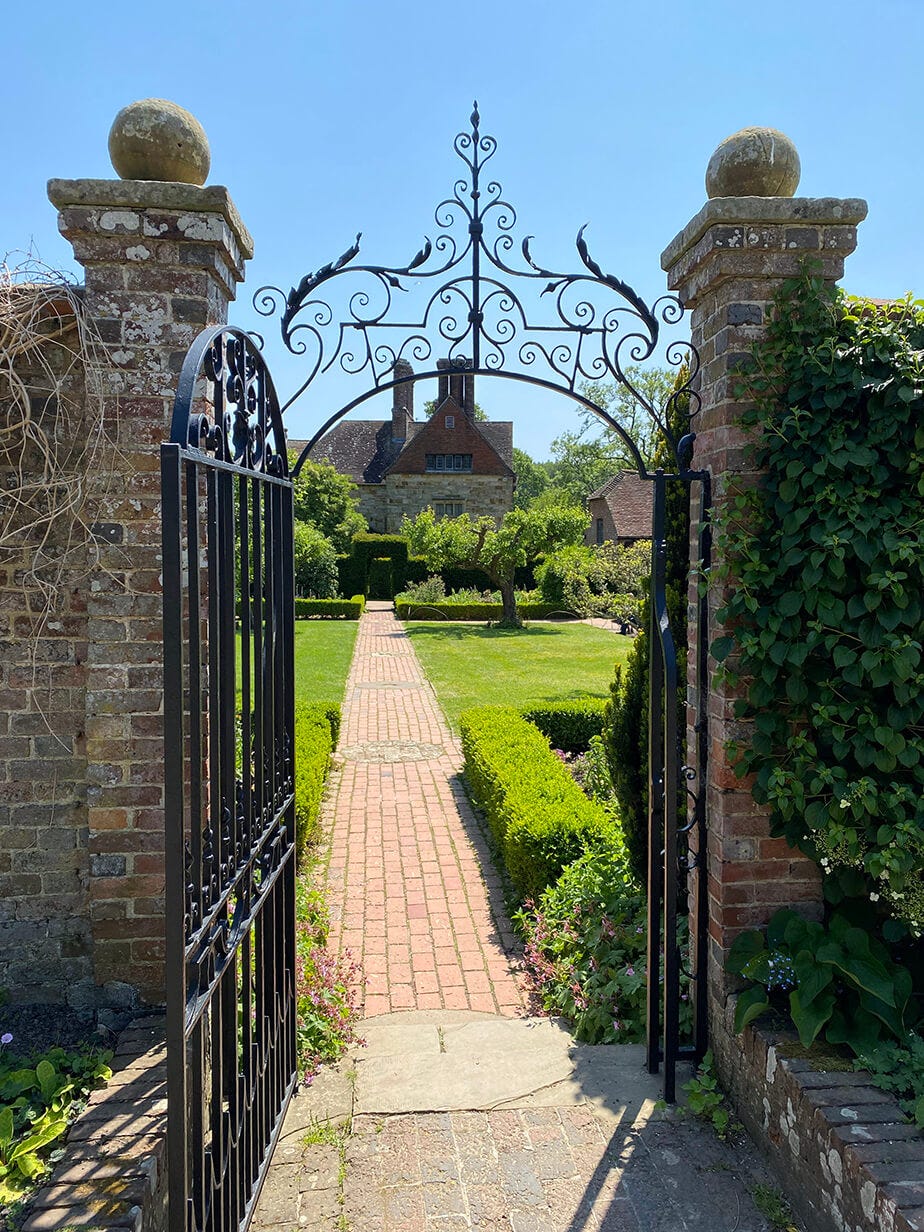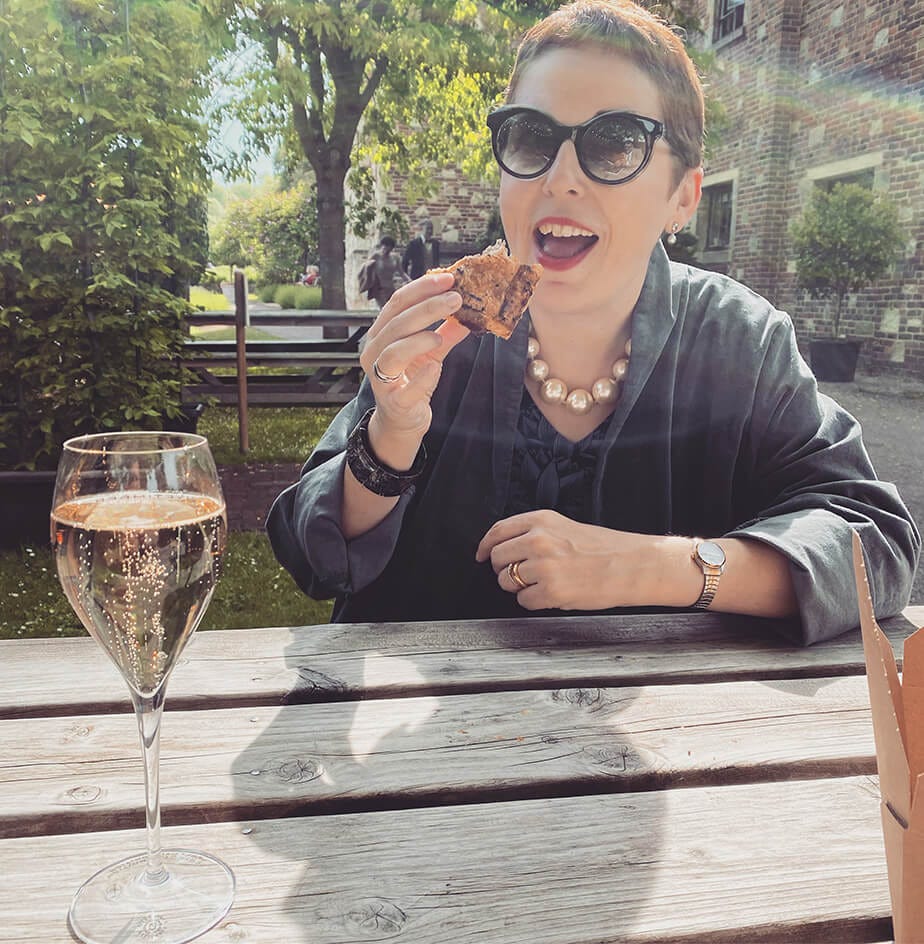
Every year, in the summer, my husband and I visit Glyndebourne Festival Opera and stay overnight in East Sussex. In the spirit of maximising this trip we’re often looking for places to visit while we’re in the area. I do love a writerly house, so we have visited Jane Austen’s House at Chawton in Hampshire, and, on another occasion, Bateman’s - Rudyard Kipling’s House in Sussex.
I won’t write about the whole of Bateman’s - which is a beautiful Jacobean building and well worth visiting - but I wanted to mention Kipling’s desk, which I think is the best object in the house. Unlike Austen, I have not read any of Kipling’s works (yes, I have never Kippled) but even without a knowledge of his literary personality, I could understand something of the man from his writing table.
As you can see from the photos, it’s a big table, and messy - he called it “my dunghill” and even managed, once, to lose the entire chapter of a novel there. There are a lot of small objects on his desk which had personal significance, for example his old pewter post-office inkwell, which he engraved with the titles of his many works. I like Kipling’s revence for objects - although he was brought up to be indifferent to organised religion, there’s a cabinet at Bateman’s full of ‘Household gods’, which suggests a sympathy towards objects and their spiritual significance.
Despite his messiness, there was a regimented aspect to his daily writing routine. He used a large Algerian wastepaper basket - overflowing with paper in the above photo - but the housemaid had strict instructions to empty it daily and burn the contents to avoid any unauthorised copies getting into print. His hard-working maid was also instructed to set out clean nibs for his pens and a supply of the best quality Indian ink. Because he was short in stature, his chair was raised on blocks so he could sit comfortably at the table.
He also owned a large Imperial typewriter (“the beastly thing simply won’t spell”) and kept an oak day-bed in the study, where he could sit and wait for inspiration. Once the muse had appeared, he would write furiously, producing several drafts which he would later correct by painting out sections with a brush charged with ink. He said he always knew when a piece was finished because he heard a ‘click’ in his head.1
Where shall I visit next? If you have enjoyed any great writers’ houses, please let me know in the comments!
Thanks to Rudyard Kipling's Writing Habits for some of these details.









This is well written (obviously!), but I wanted to say that I thought your photos were really good! Thanks for sharing them.
I can feel the same about my own at times! Just in case you’re interested Annette, I’ve started serialising my historical detective story set in Lichfield here as both audio and text. https://open.substack.com/pub/lichfieldmysteries.
With best wishes John